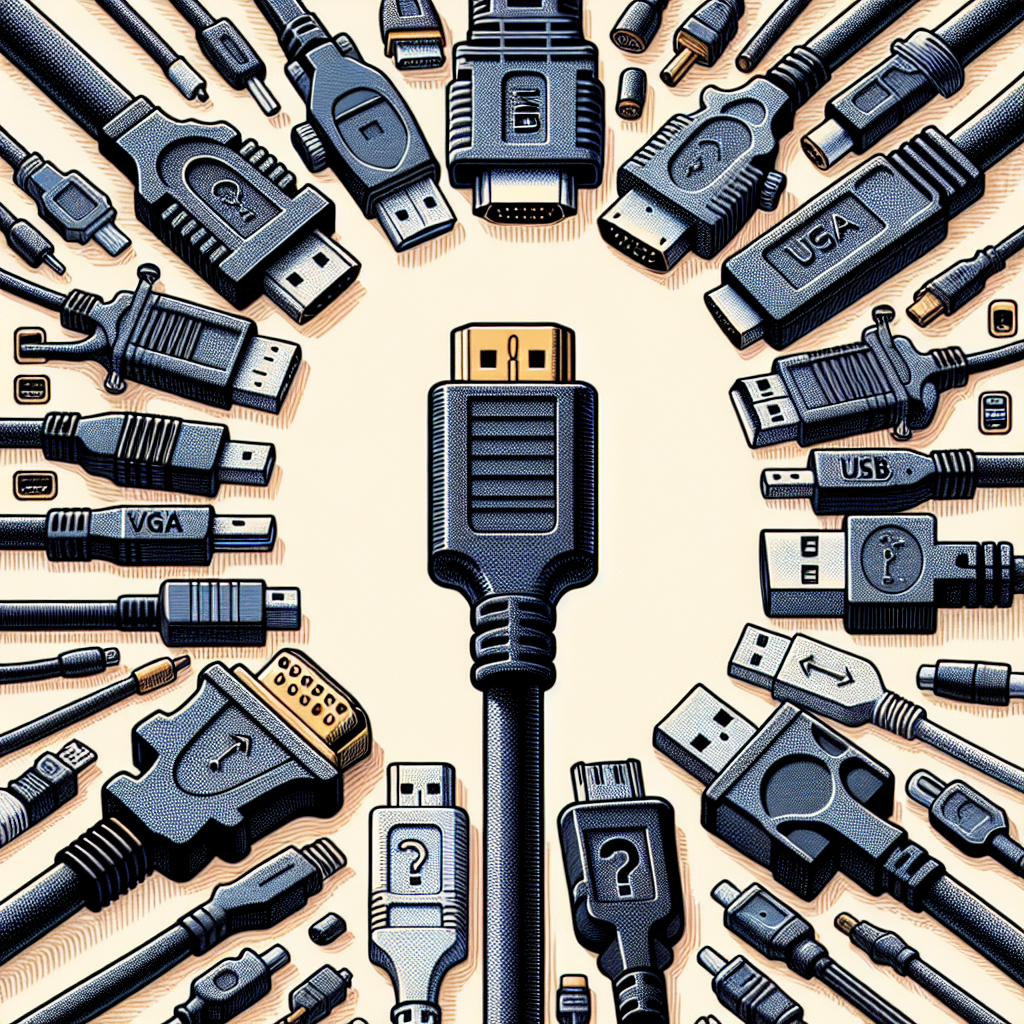Your cart is currently empty!
HDMI vs. Other Connectivity Options: Which is Right for You?

When it comes to connecting your devices, there are a plethora of options available. From traditional VGA and DVI cables to newer technologies like DisplayPort and USB-C, the choices can be overwhelming. One of the most popular and widely used connectivity options is HDMI (High-Definition Multimedia Interface). But is HDMI always the best choice, or are there other options that might be more suitable for your needs?
HDMI is a versatile and convenient connectivity option that supports both audio and video signals in one cable. It is widely used in TVs, monitors, projectors, and other devices, making it a popular choice for connecting various devices together. HDMI cables are also relatively inexpensive and widely available, making them a convenient choice for most users.
However, HDMI does have its limitations. For one, HDMI cables have a limited range of around 50 feet, which can be problematic if you need to connect devices over longer distances. Additionally, HDMI cables are not as secure as other connectivity options, as they can easily come loose if not properly secured.
On the other hand, other connectivity options like DisplayPort and USB-C offer some advantages over HDMI. DisplayPort, for example, supports higher resolutions and refresh rates than HDMI, making it a better choice for gaming or high-definition video playback. DisplayPort cables also have a locking mechanism that ensures a secure connection, which can be particularly useful for devices that are moved around frequently.
USB-C, on the other hand, is a versatile and multi-functional connectivity option that can be used for both data transfer and video output. With the rise of USB-C laptops and devices, USB-C cables are becoming more common and can be a convenient choice for connecting devices together. USB-C also supports power delivery, meaning you can charge your device while using it, which can be a convenient feature for users on the go.
Ultimately, the right connectivity option for you will depend on your specific needs and requirements. If you are looking for a simple and convenient option for connecting your devices, HDMI may be the best choice for you. However, if you need higher resolutions, faster refresh rates, or a more secure connection, other options like DisplayPort or USB-C may be more suitable.
In conclusion, while HDMI is a popular and widely used connectivity option, it may not always be the best choice for every situation. Consider your specific needs and requirements when choosing a connectivity option, and don’t be afraid to explore other options that may better suit your needs.
#HDMI #Connectivity #Options,hdmi

Leave a Reply